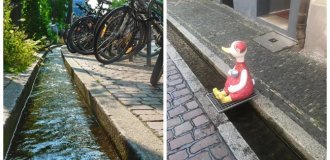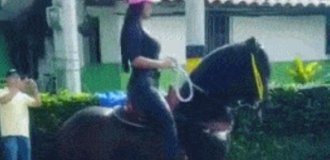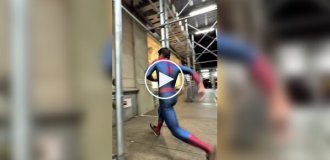Diego: the legendary harem male who saved his species (8 photos)
He fathered over 900 offspring! 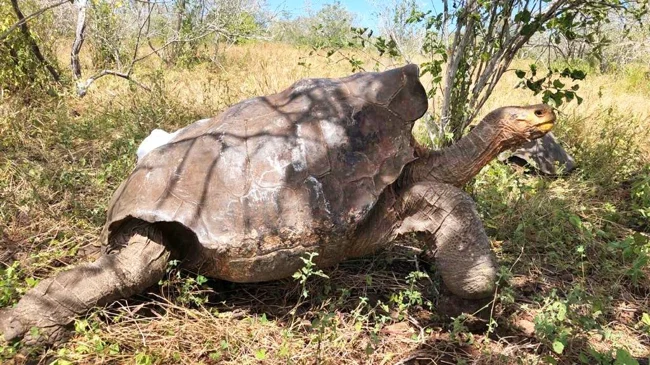
A farewell photo of Diego, released into the wild. From now on, he is left to his own devices. If you forget about the 40 camera traps in the area.
Let's go back 44 years, to 1976. Diego has been locked up in the San Diego Zoo for 43 years. He is about 56 years old, a cheeky and active male in his prime. Diego is constantly on the move, regularly knocking over his water bottle and screaming loudly. Of course, such a remarkable shot is of great interest to tourists. They are used to seeing turtles as half-asleep lazybones, and here is such an active and interesting man! 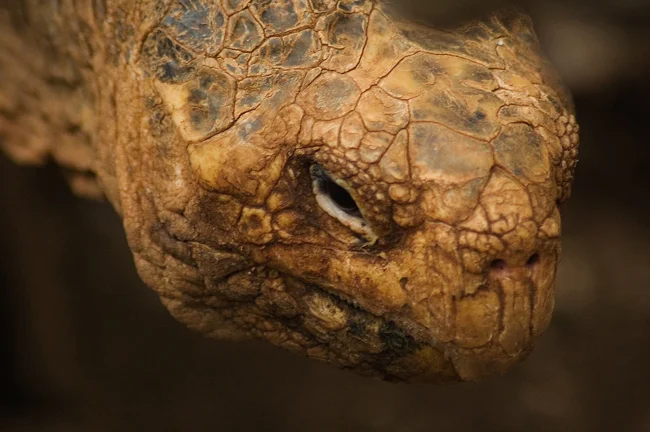
How can you not fall in love with such an imposing man?
But one day, Diego's measured life ended. Strangers entered his enclosure, began poking the reptile with needles and collecting genetic material. With the help of insanely expensive (1976, remember) genetic tests, scientists were able to confirm their guess. Diego is the chosen one. He is one of the last representatives of the almost extinct species of Hispaniola elephant tortoises. By this time, there were only 14 adult individuals of the species left in the wild. The species urgently needed to be saved from extinction. 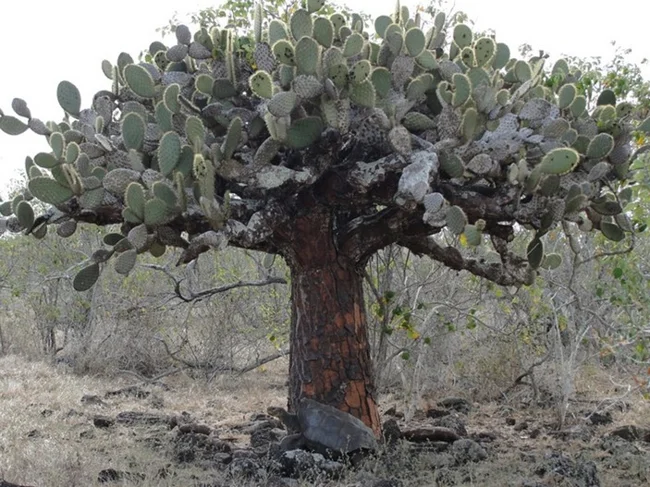
The favorite plant of all the turtles of Espanola is the giant prickly pear. They eat young plants, and hide from the heat under the adults.
The mission was entrusted to Diego and four other males. They were taken to the island of Santa Cruz, where they were placed in... heavenly conditions, actually. Each of the males received a huge enclosure, high-quality food and a harem of females, collected from all over the world. All they had to do was reproduce without restraint. 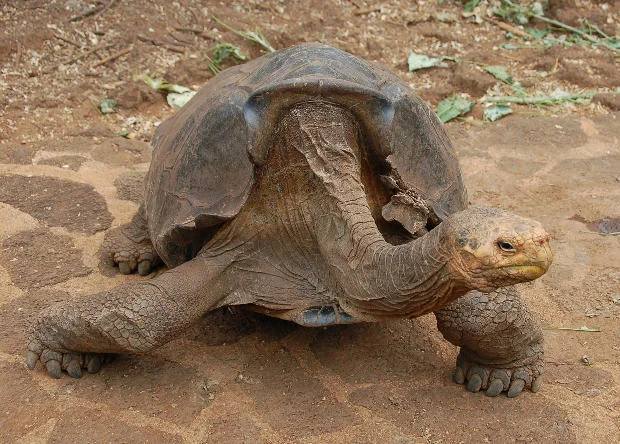
Diego at the Darwin Research Station, the center of the turtle rescue operation.
However, not all of them coped with the task. Two males were infertile, and all attempts to start their reproductive systems were in vain. So three males had to pay for their entire species. Each of them tried their best, but Diego not only became a model turtle producer, but also a real star of the species restoration program. 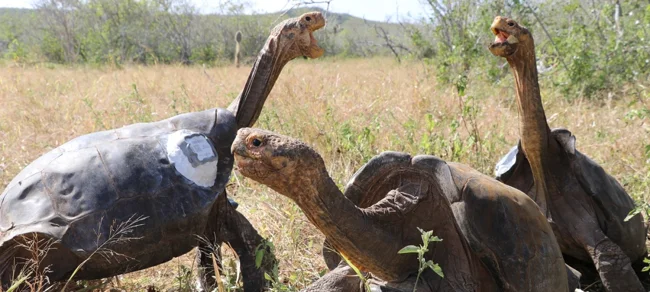
Two male elephant tortoises fight over a female. The winner is the one who is taller.
Neither the long flight nor the presence of females changed his eccentric character. The tortoise constantly walked around the territory entrusted to him, made noise and climbed on all the females in random order. Moreover, he did this exclusively in broad daylight and in public, although this species of elephant tortoises prefers to reproduce in the dark and silence. As a result, over 43 years of his career as a professional inseminator, he became the father of about 900 turtles, or 40% of the current population of the island. And only those babies who lived to be four years old were counted! 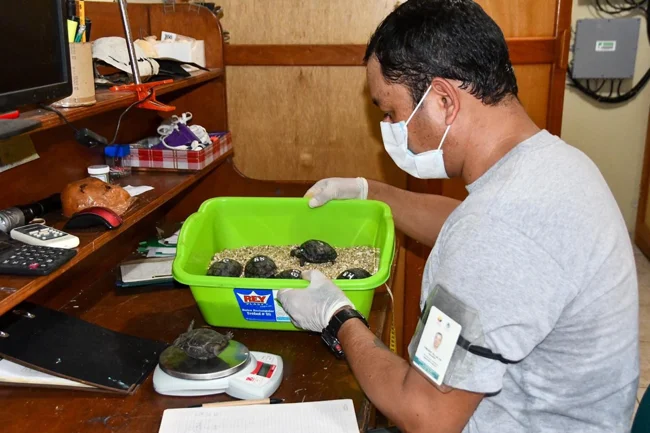
Diegovichi at the weigh-in. Measuring weight is the easiest way to make sure that a young growing organism is not sick.
Thanks to the efforts of Diego and two other males, by 2020 the number of turtles on the island of Espanola reached 2,000 individuals. At the same time, according to environmentalists, their theoretical maximum number on the island cannot exceed 2,300 animals. Therefore, the program to save the species was curtailed, and its participants were sent into retirement. Both males and females were returned to their native island to live out their days. Well, how to live out, the same Diego has another 40-50 years of active life ahead of him! 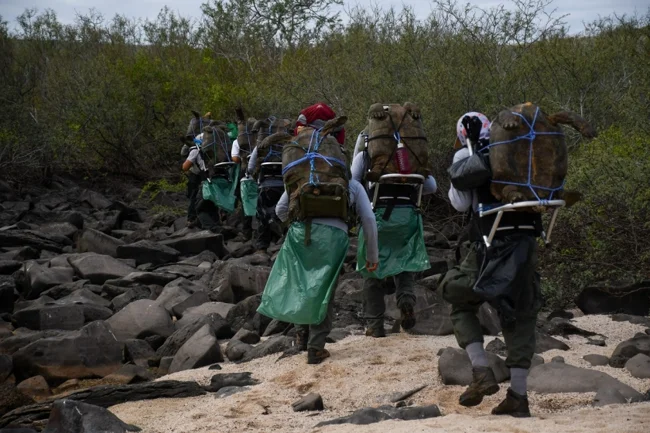
And this is how Diego and the other participants of the program were delivered to the island. 
A beacon is hung on each released turtle. On babies - a simple metal one, without electronic stuffing. On adults - a full-fledged GPS tracker.
Well, the consequences of the fact that the species has crossed the very edge will be felt even hundreds of thousands of years later. After all, the entire turtle population of the island traces its origins to just two dozen individuals. This means that the genetic diversity of the species has fallen drastically. Yes, they survived, but now the ability of the Hispaniola tortoises to adapt is zero.





